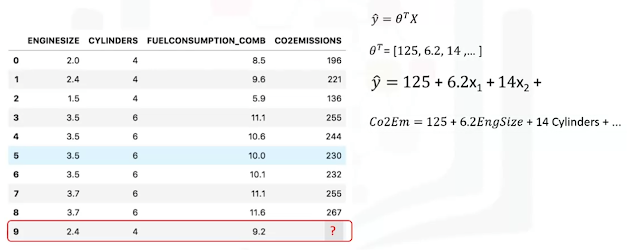Blogger has the following fonts and I decided to set them to the following values:
Major Heading h1 2.0 rem
Heading h2 1.9 rem
Subheading .post-body h3 1.8rem
Minor Heading h4 1.7rem
Paragraph .post-body 1.6rem
Normal .post-body 1.6rem
Normal Large font-size: large;
Normal Normal
h3.post-title{
font-size: 2.2rem;
margin-top: 2em;
margin-bottom: 2em;
}
.post-body h1{ // Major Heading
font-size: 2.0rem;
margin-top: 1.5em;
margin-bottom: 1.5em;
}
.post-body h2{ // Heading
font-size: 1.9rem;
margin-top: 1.5em;
margin-bottom: 1.5em;
}
.post-body h3{ // Subheading
font-size: 1.8rem;
margin-top: 1.5em;
margin-bottom: 1.5em;
}
.post-body h4{ Minor Heading
font-size: 1.7rem;
margin-top: 1.5em;
margin-bottom: 1.5em;
}
.post-body p { // Paragraph
font-size: 1.6rem;
line-height: 1.0;
position: relative;
}
.post-body div { // Normal Normal
font-size: 0.8rem;
}




















